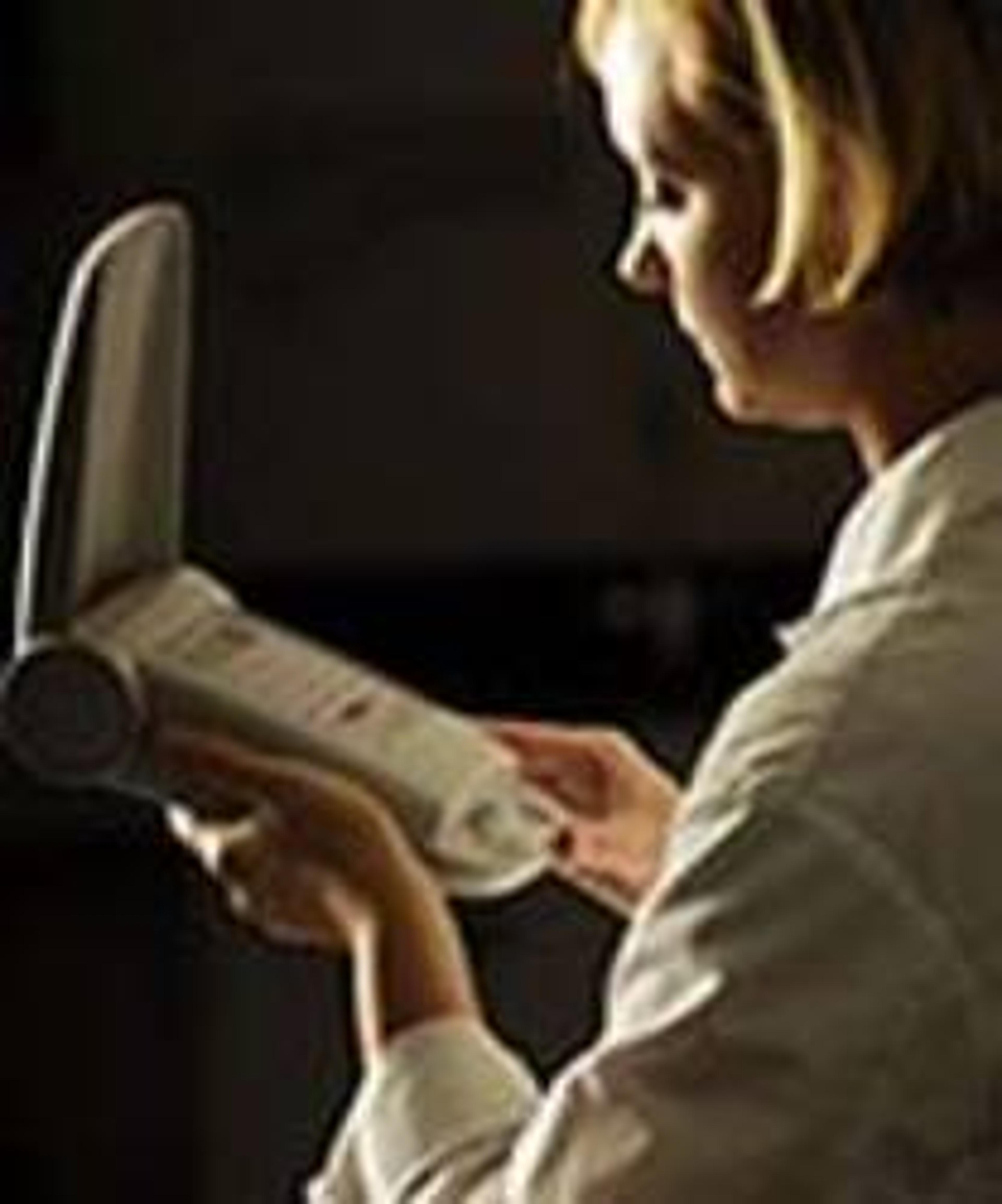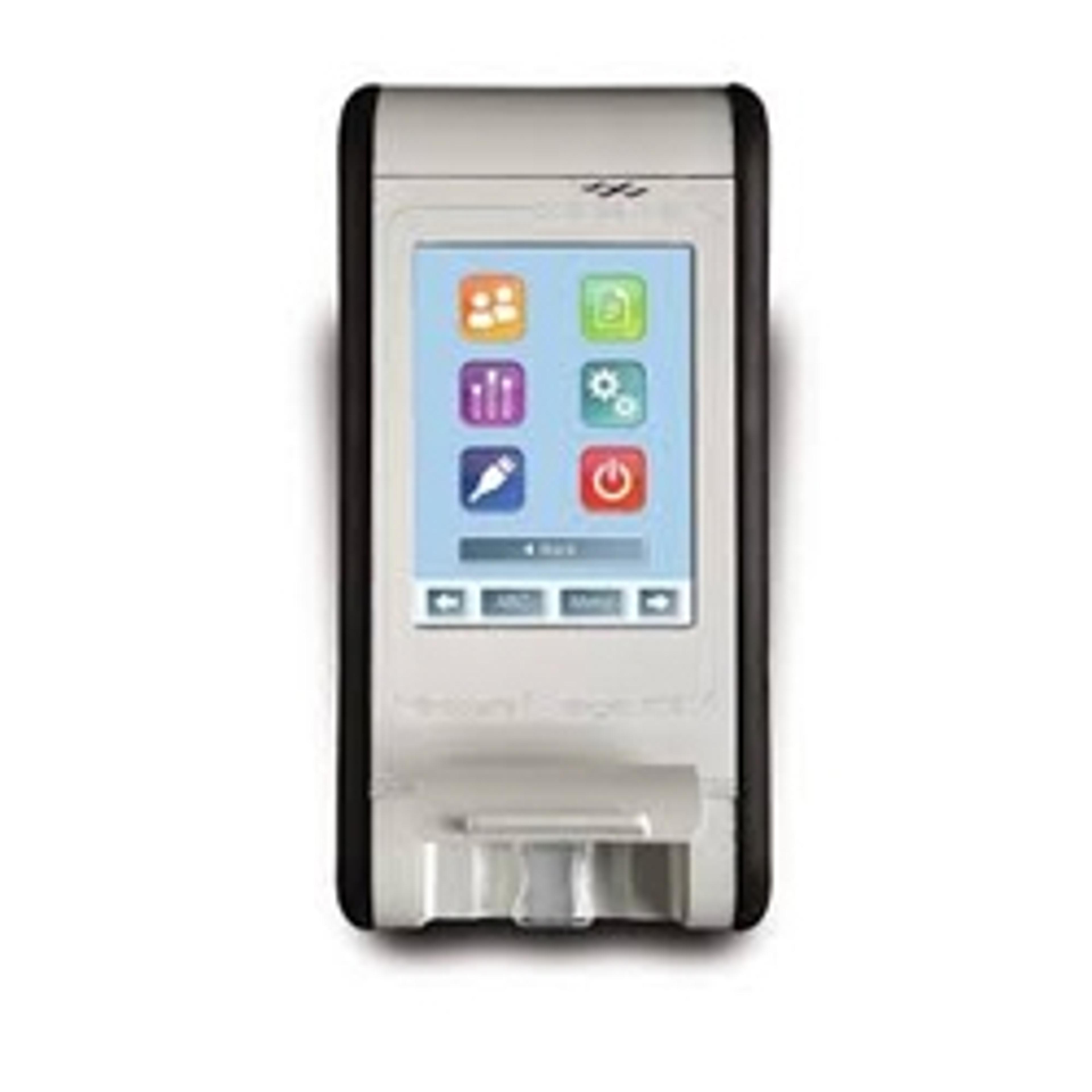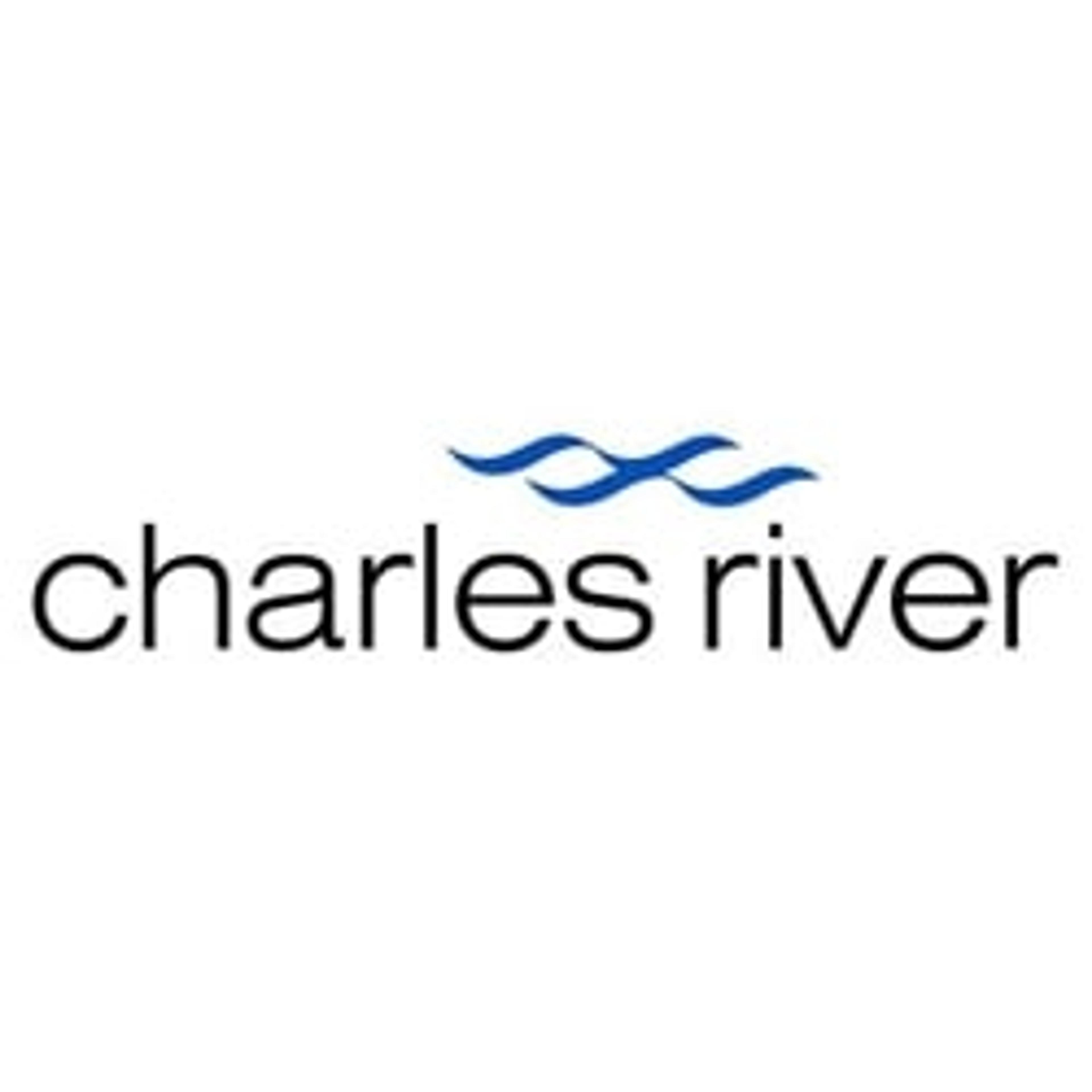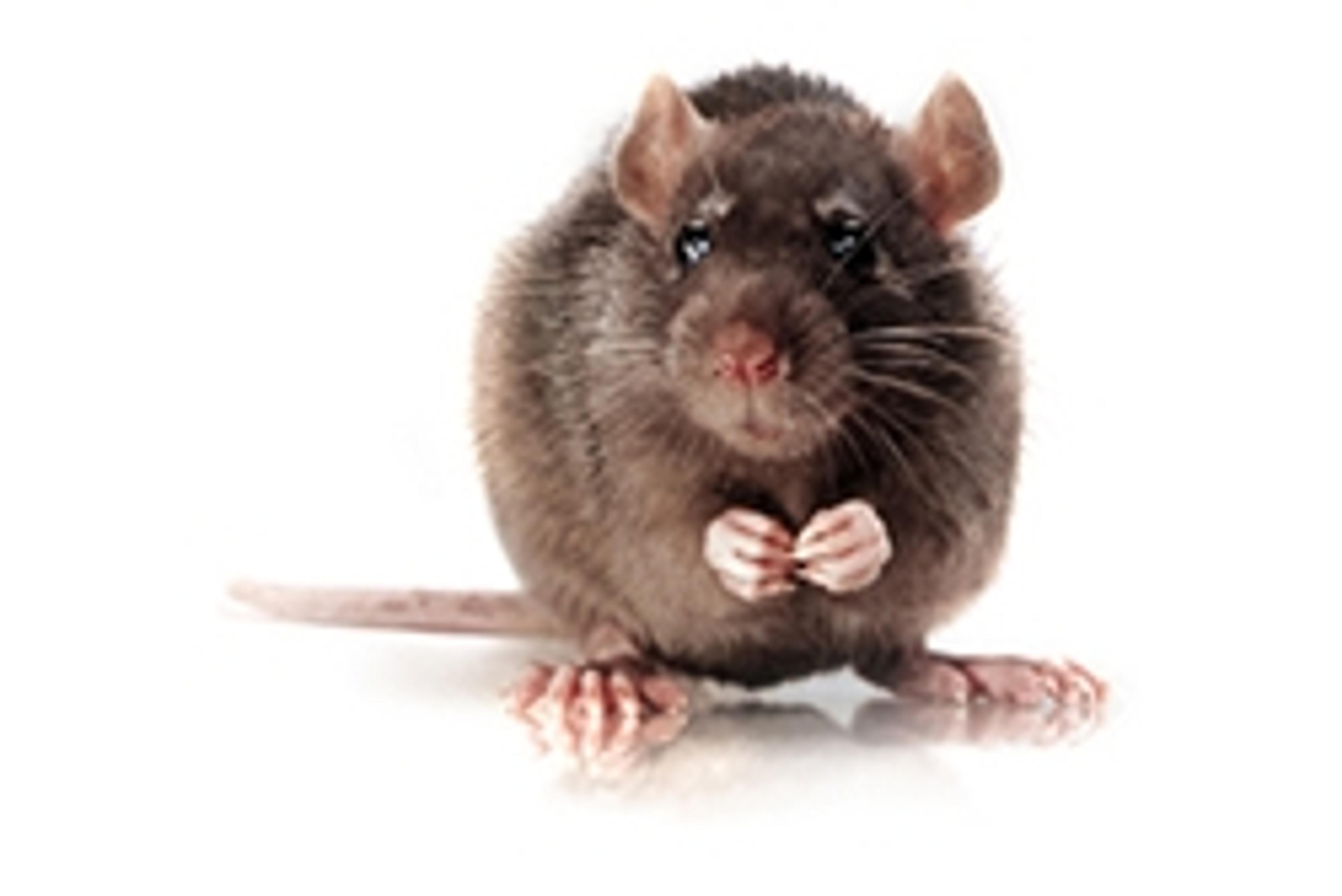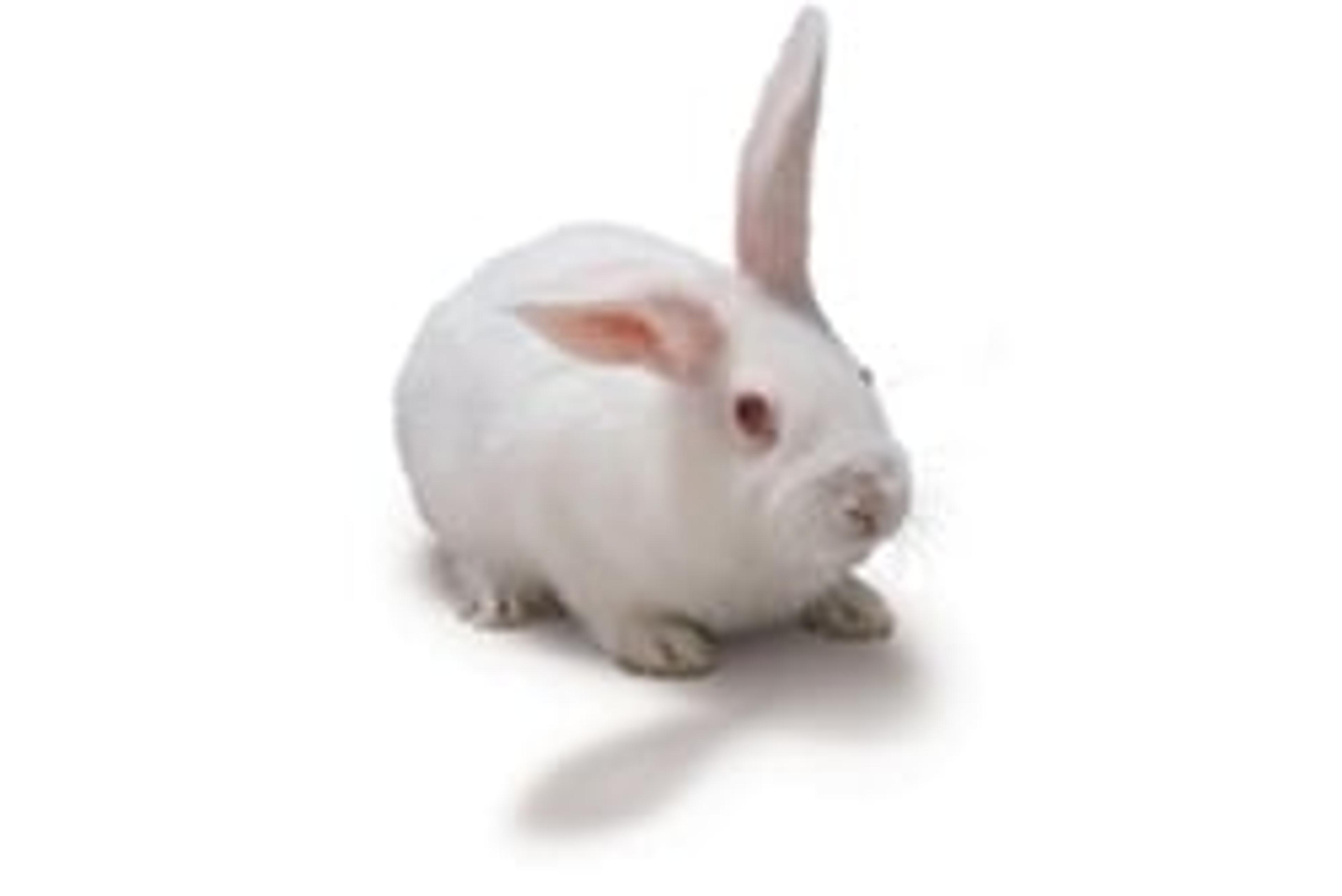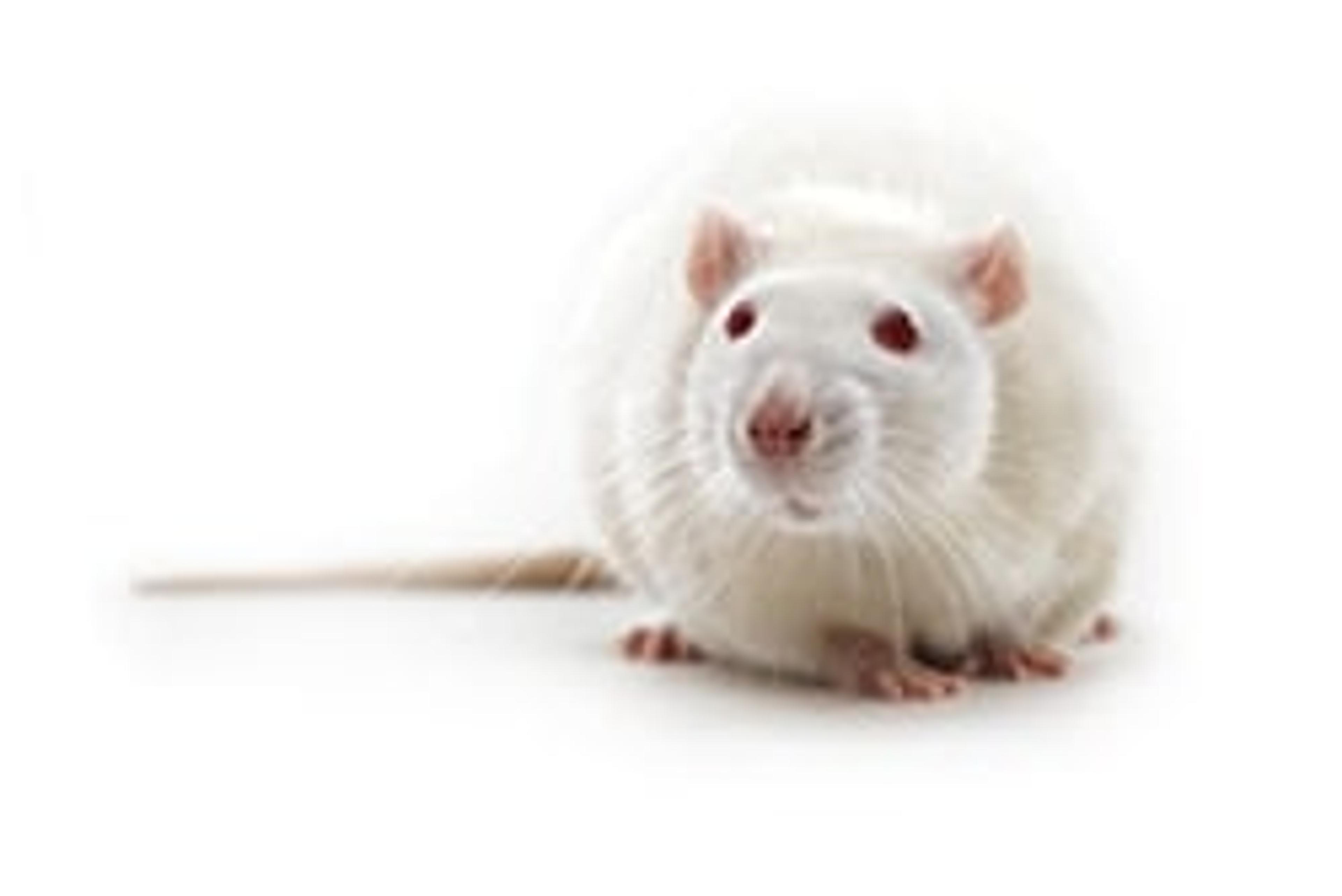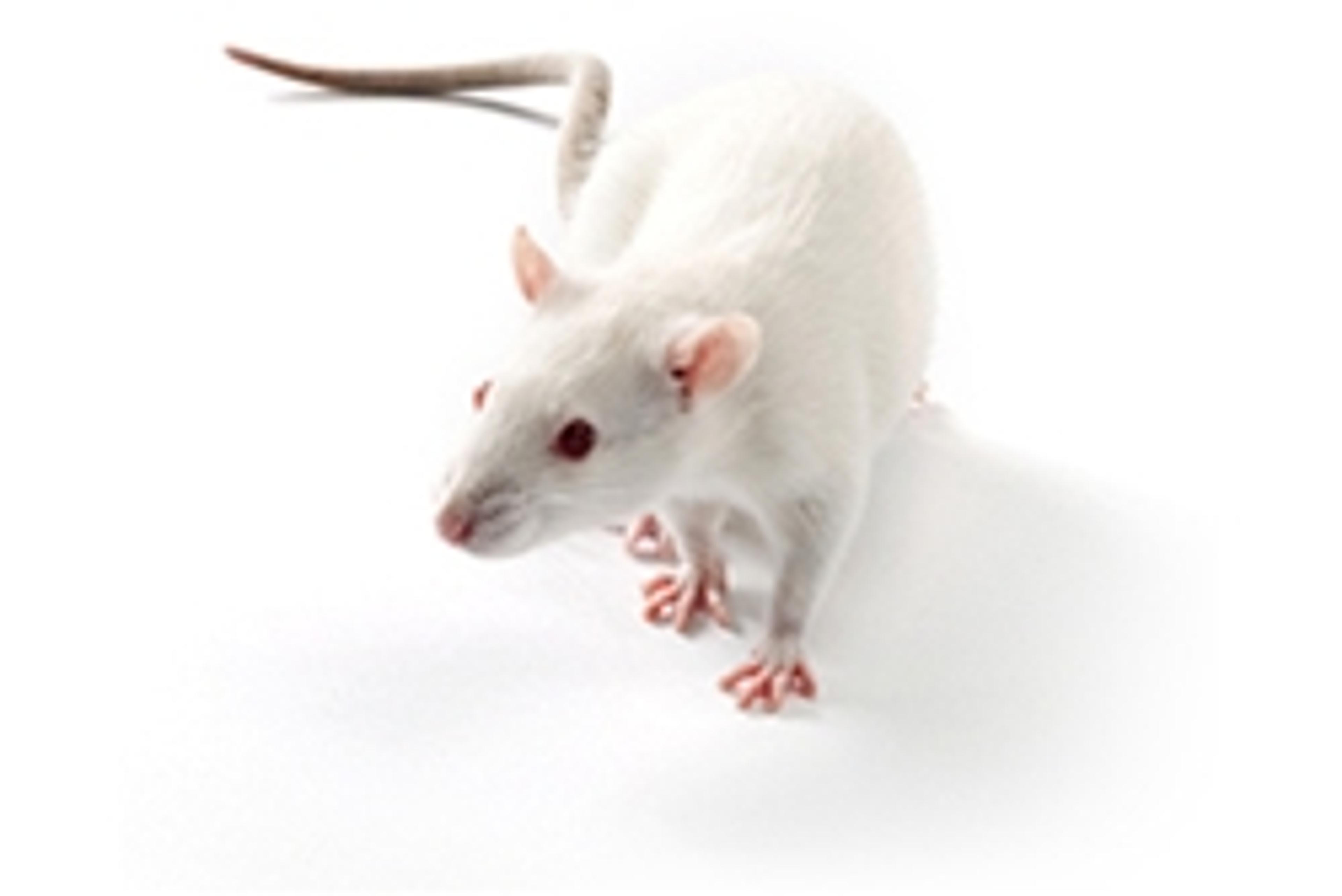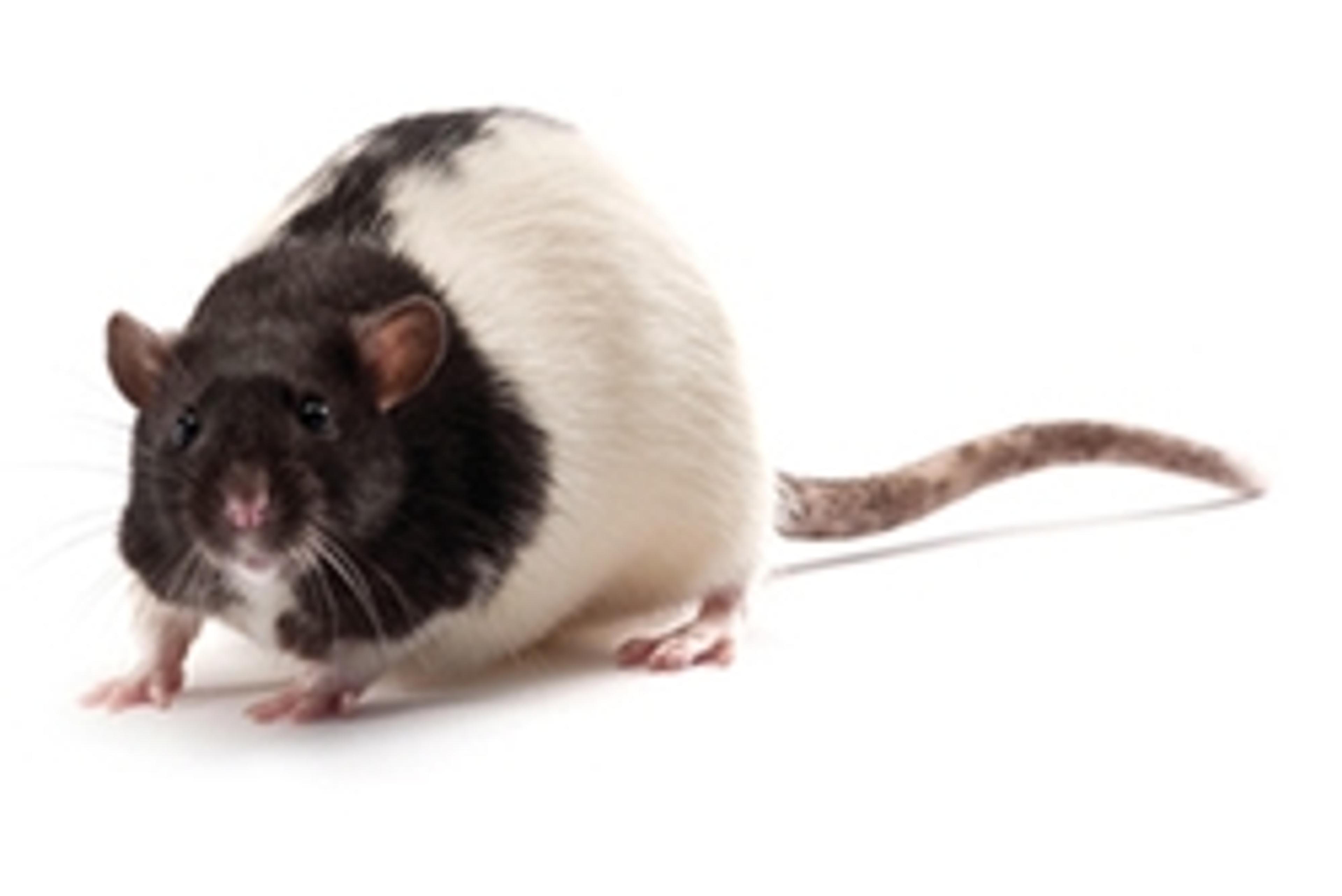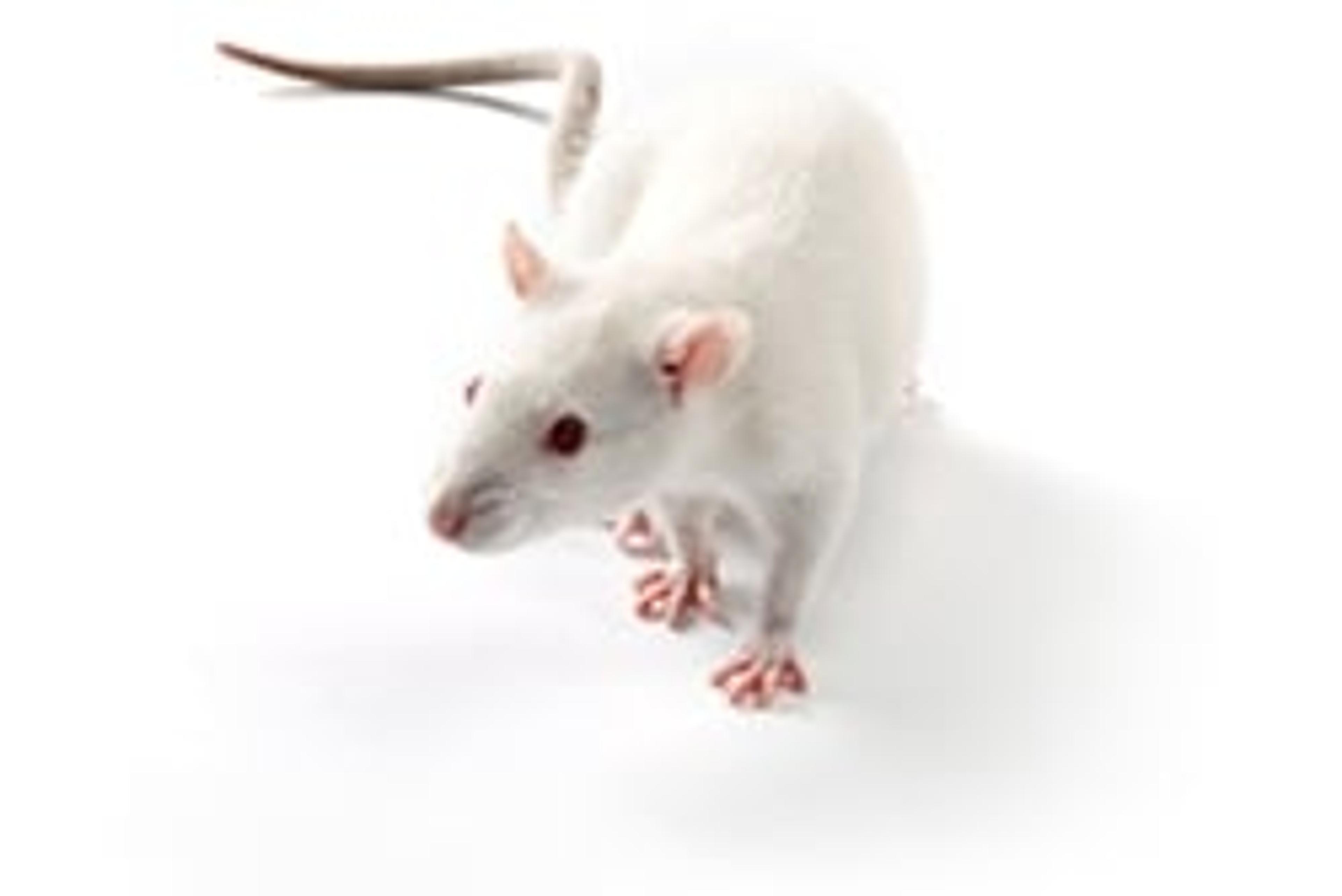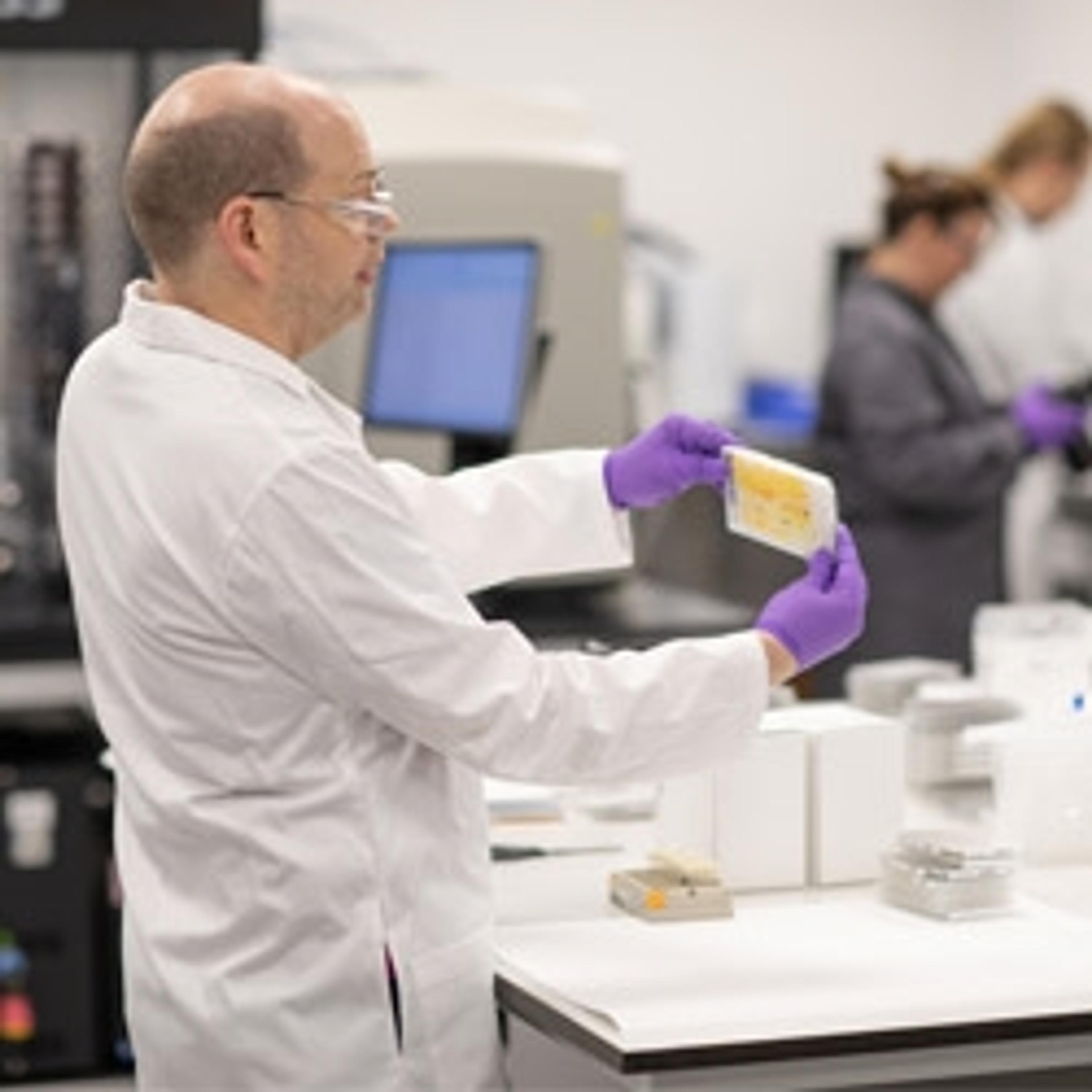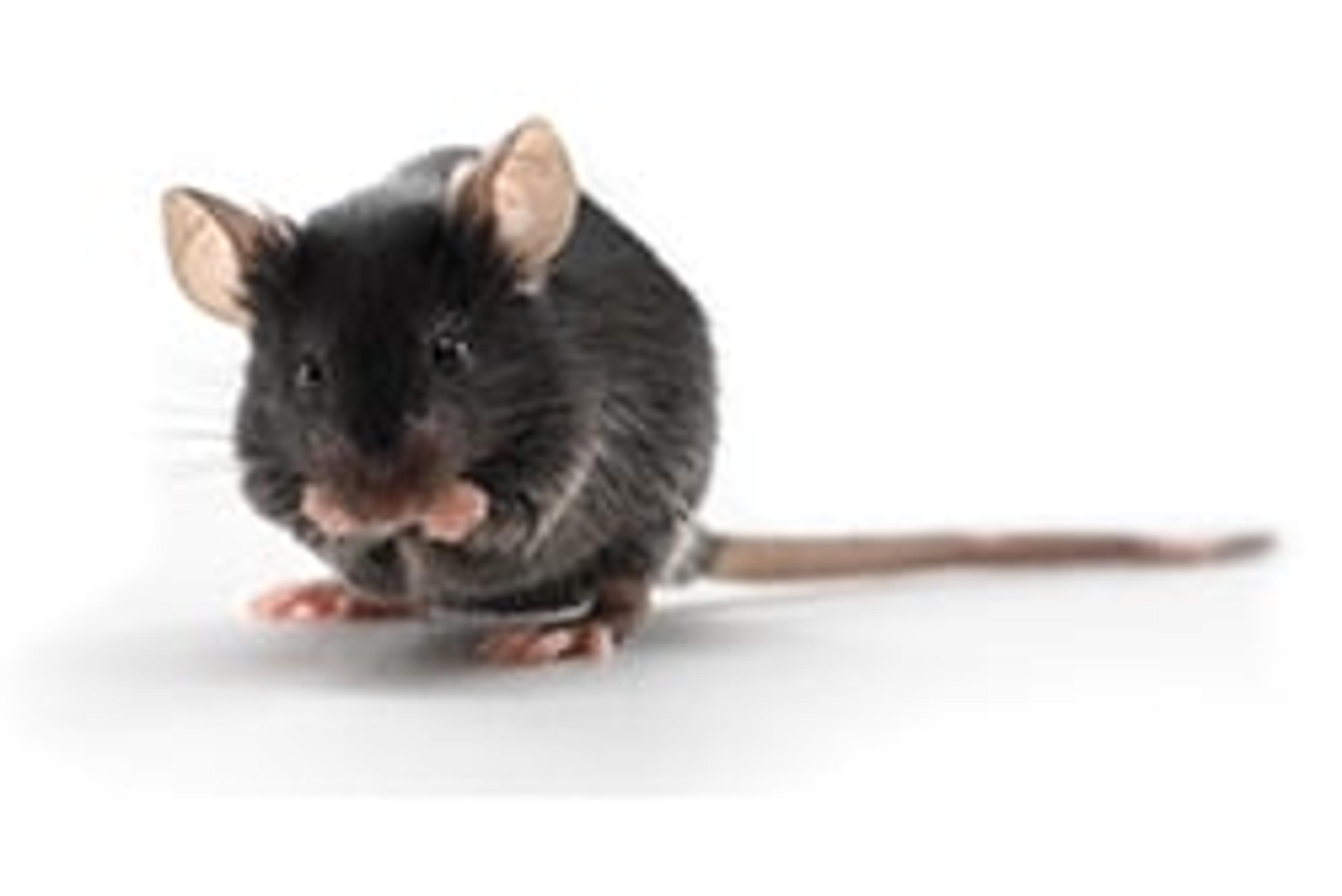Endosafe®-PTS™
Charles RiverThe Endosafe®-PTS is a handheld spectrophotometer that utilizes FDA-licensed disposable cartridges for accurate, convenient endotoxin testing. With test results in just 15 minutes, you can rapidly move forward with your study or the next step in your process. The PTS is so easy-to-use, you can run the test in just three simple steps: Enter your sample ID into the system’s memory using the keypad Add your sample to the disposab…

